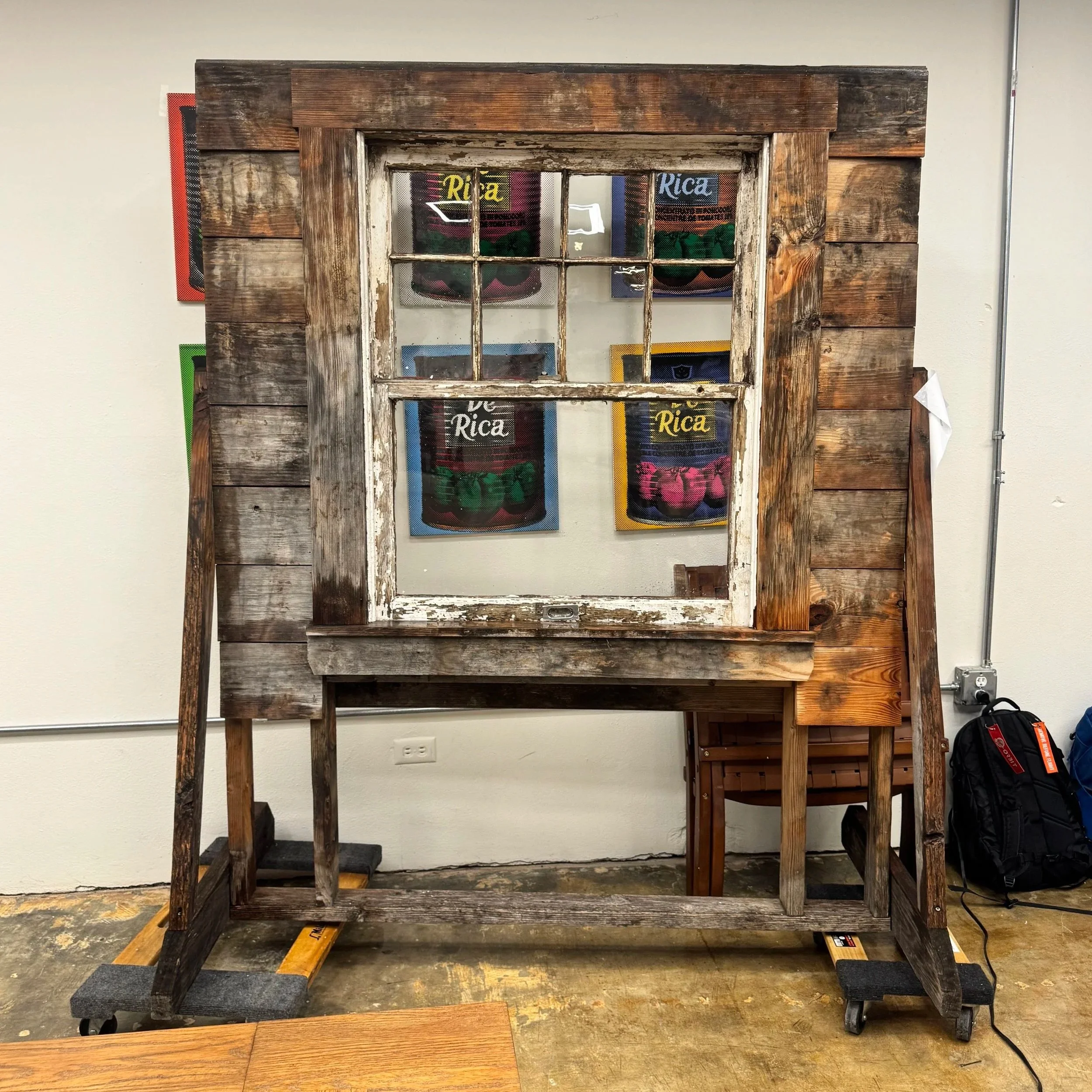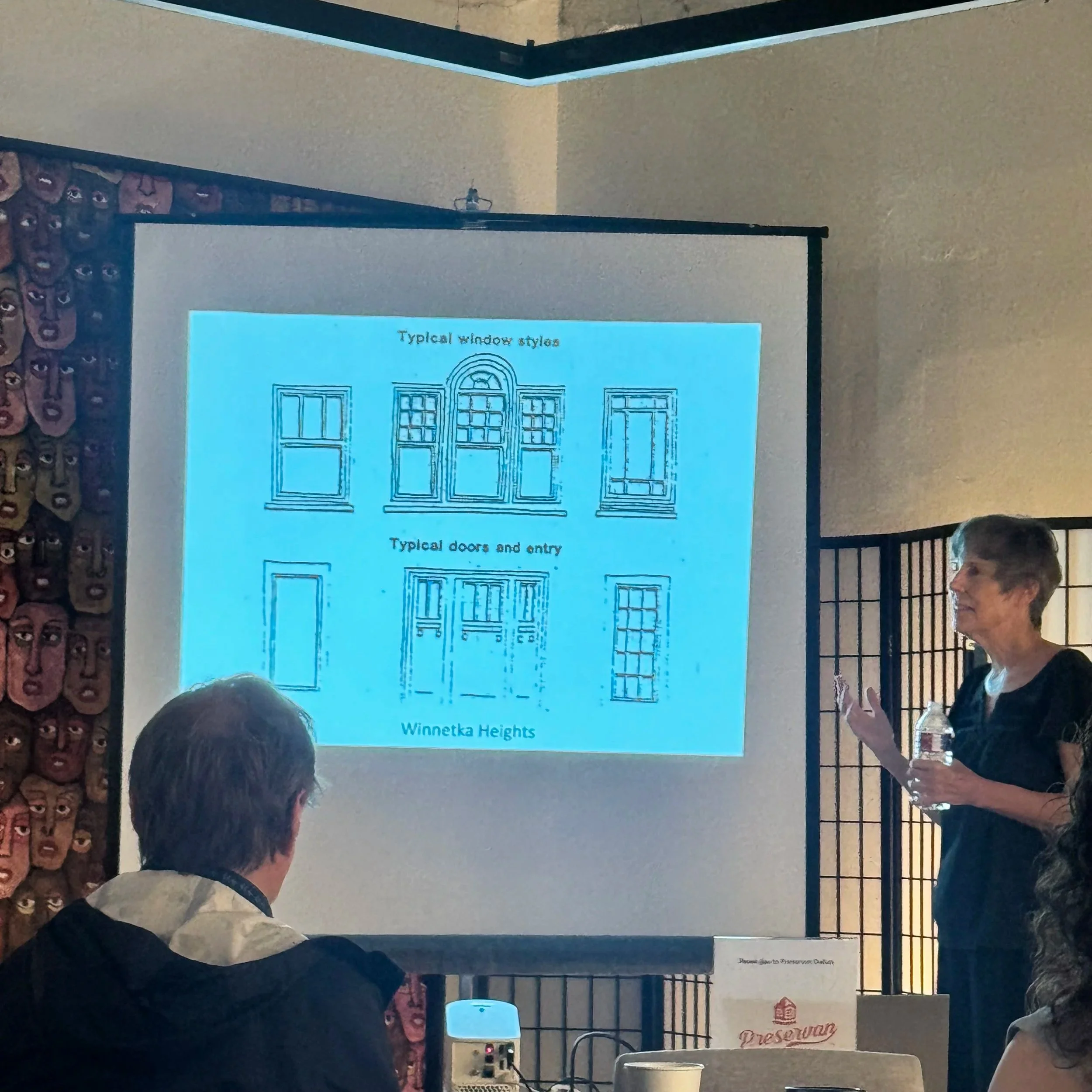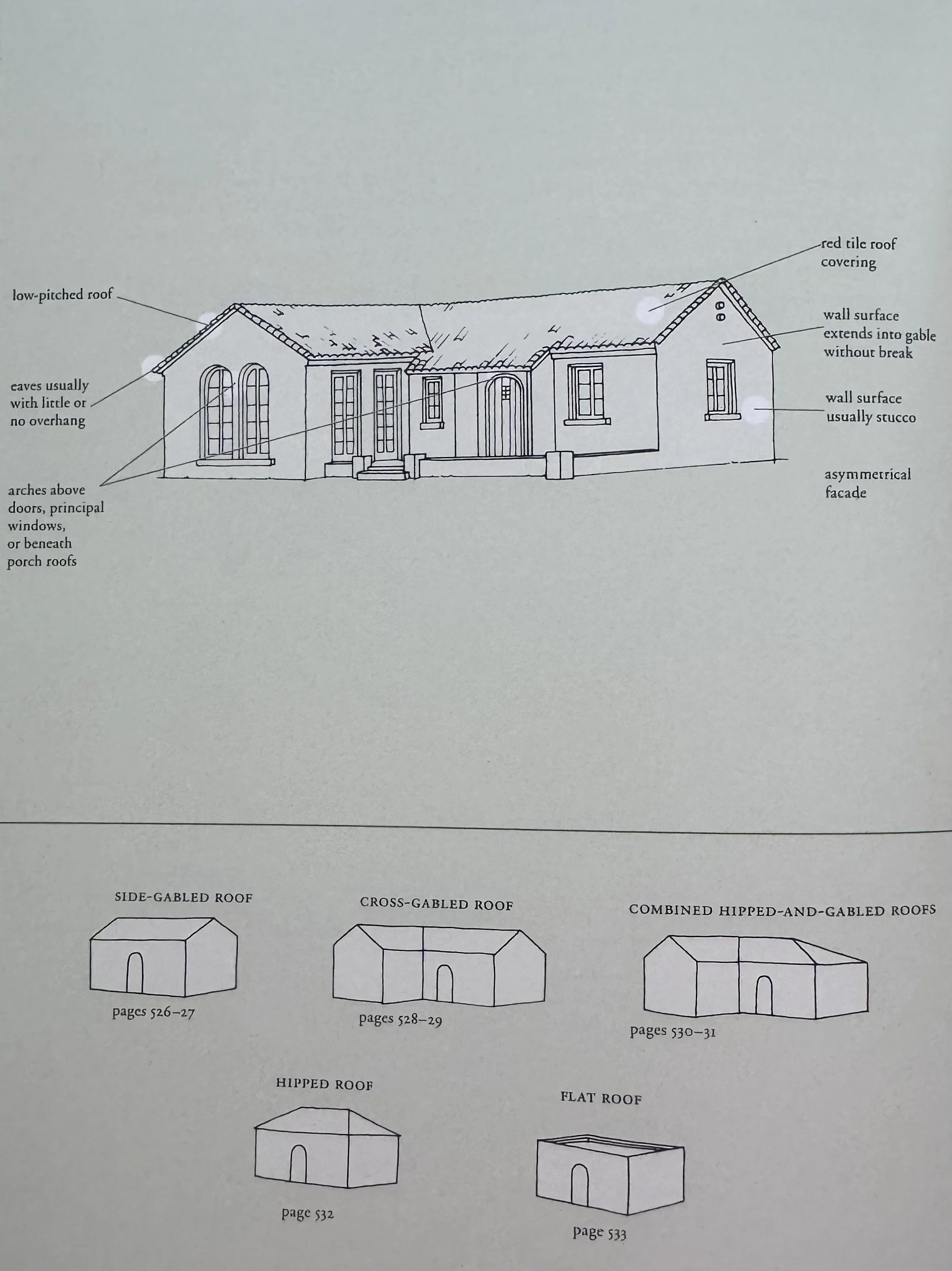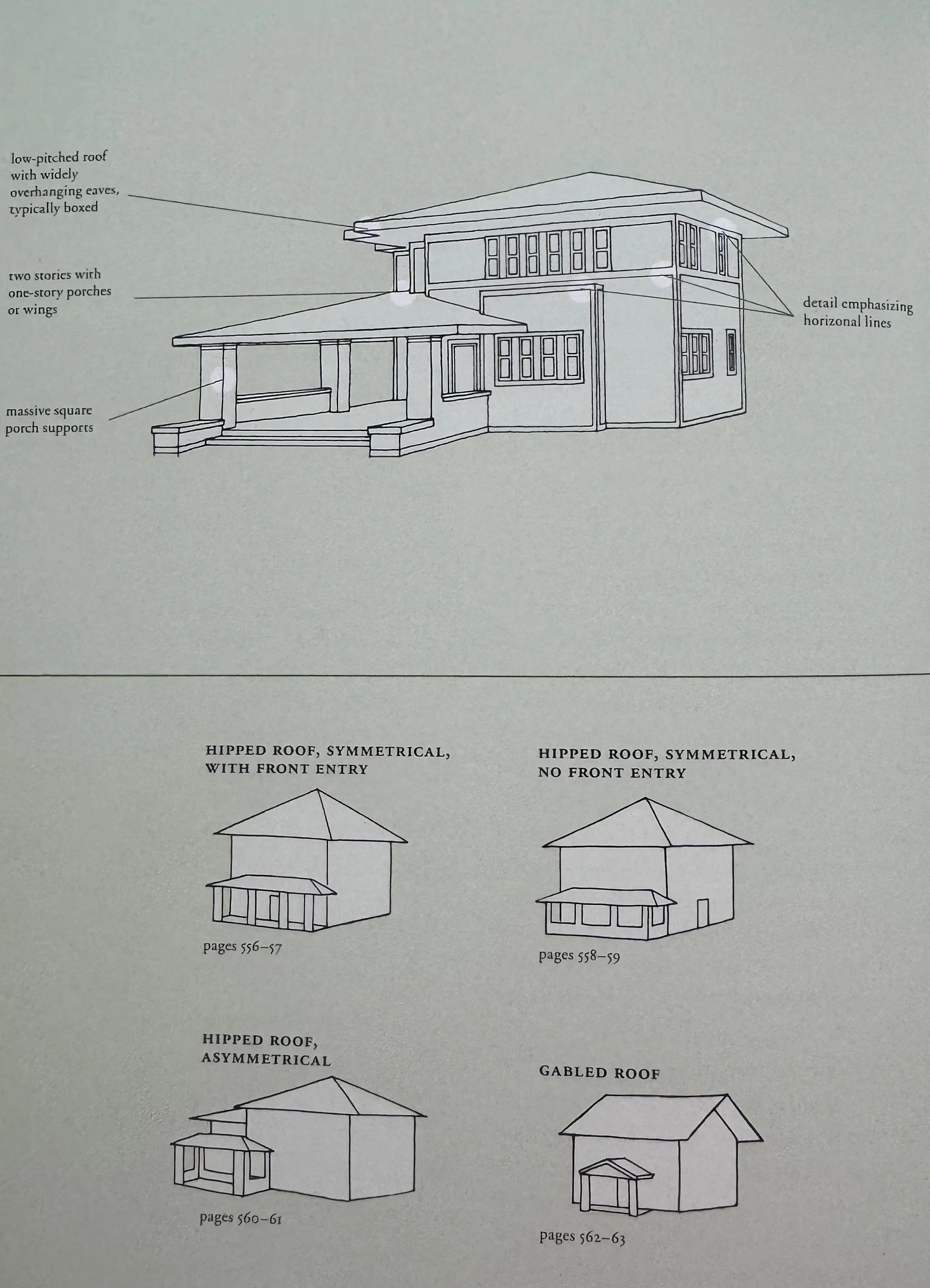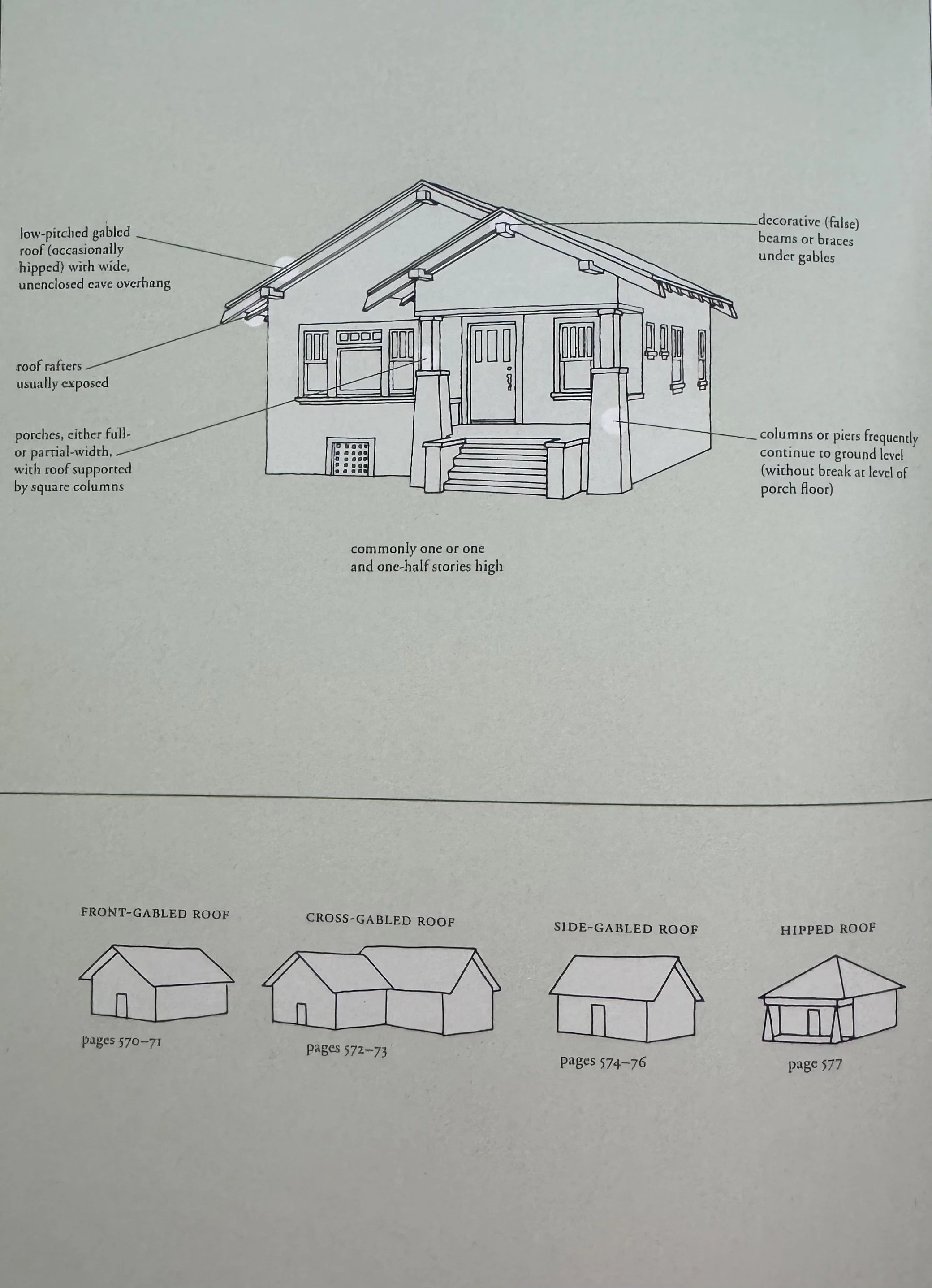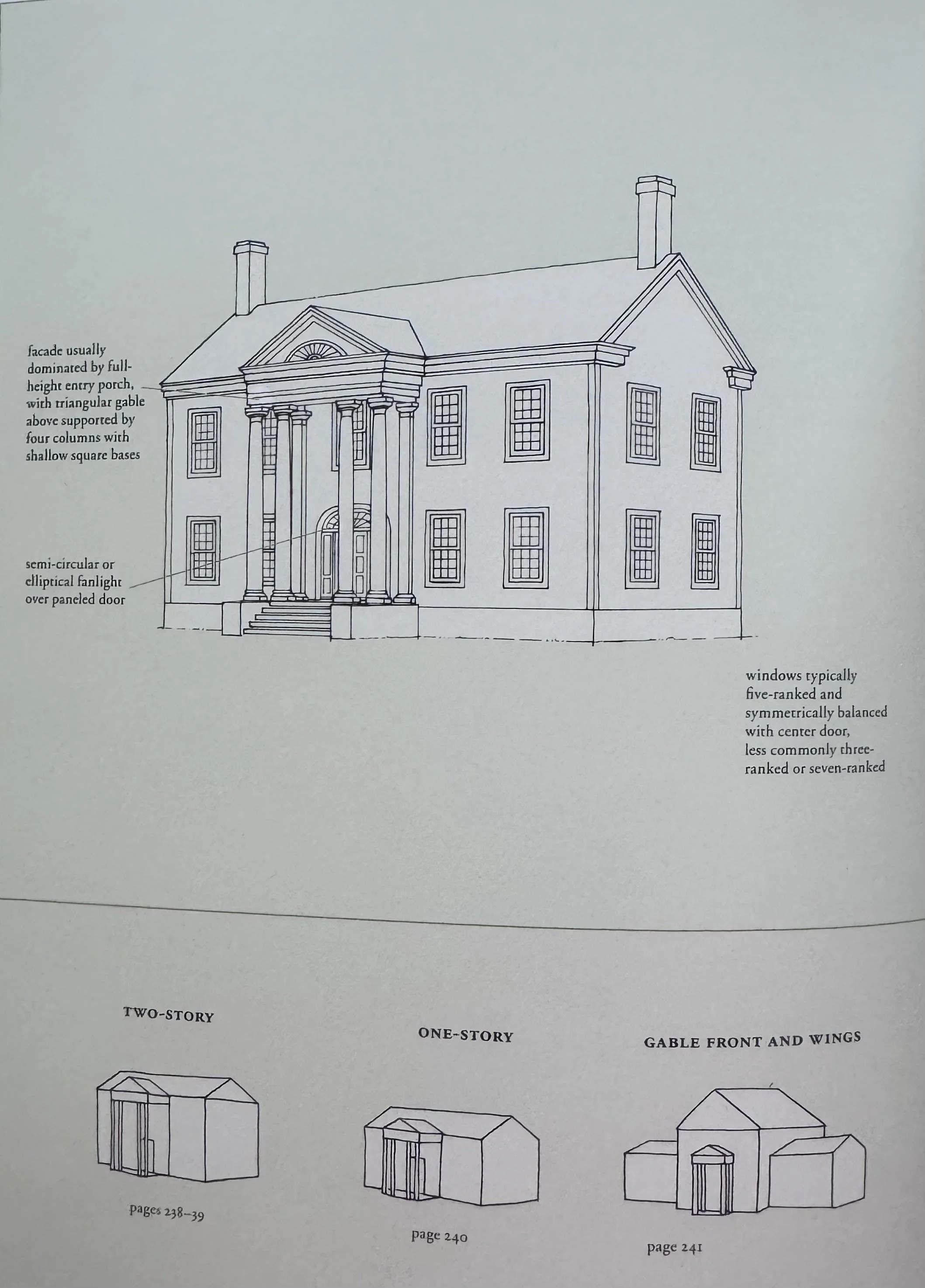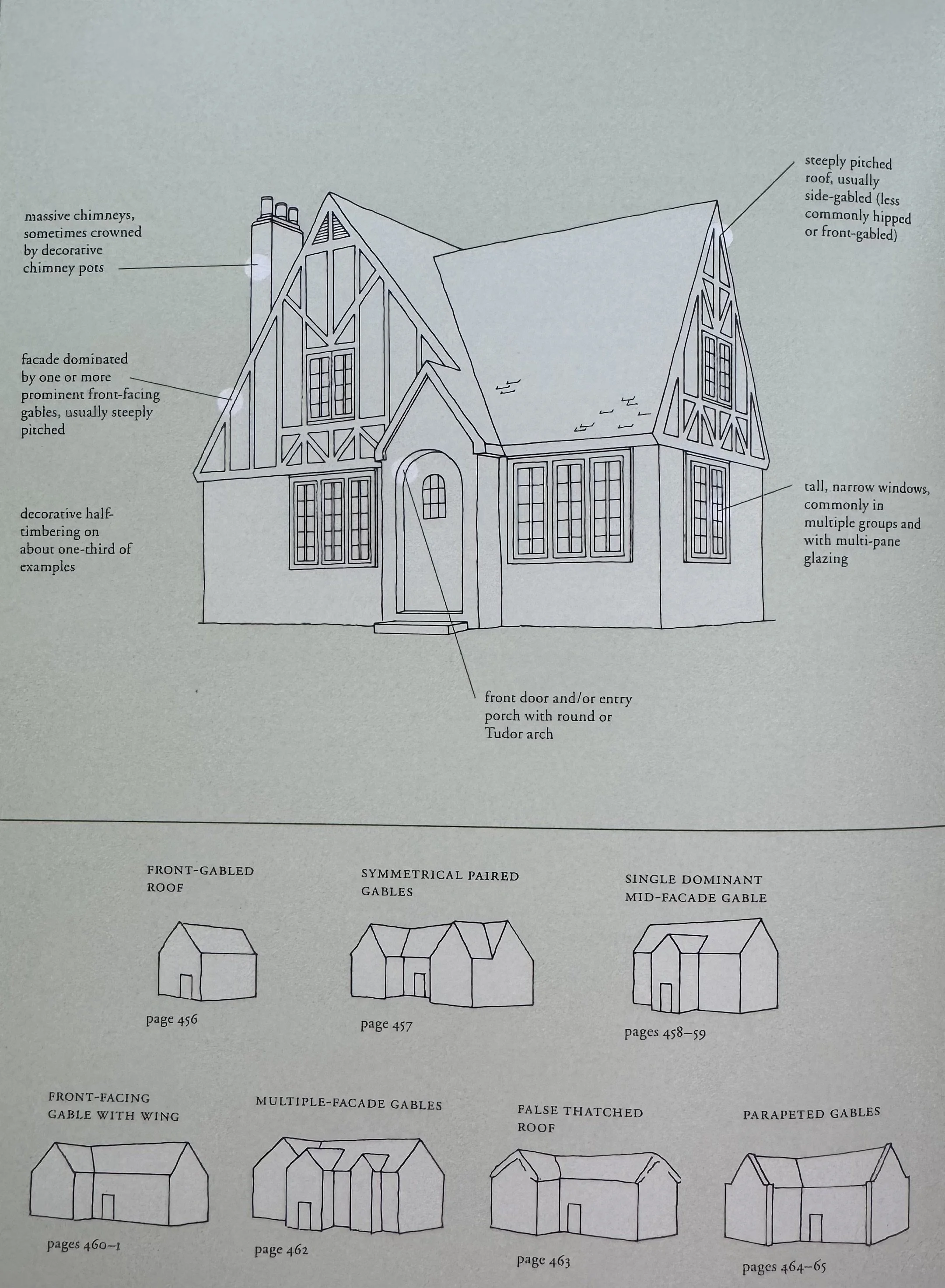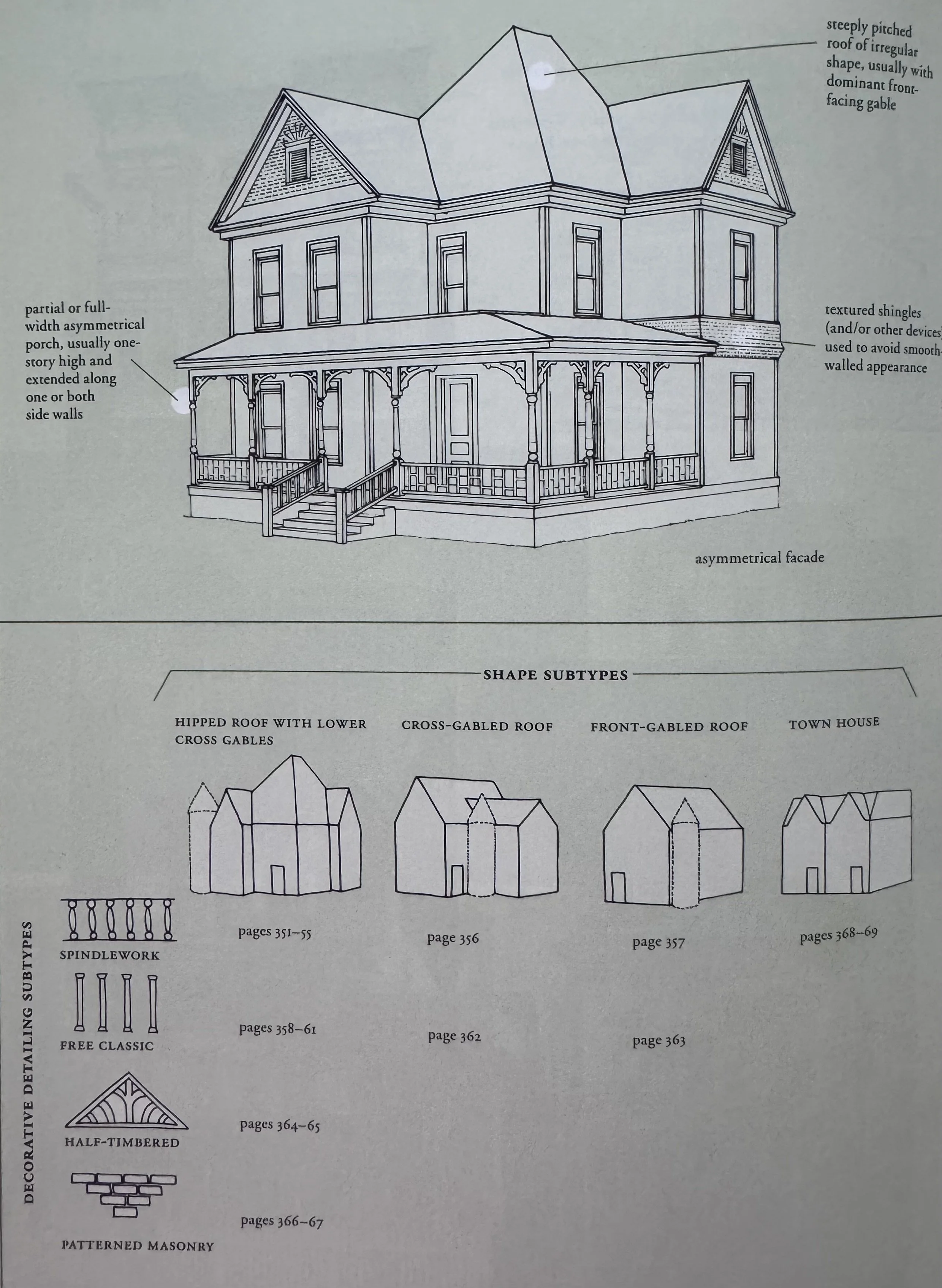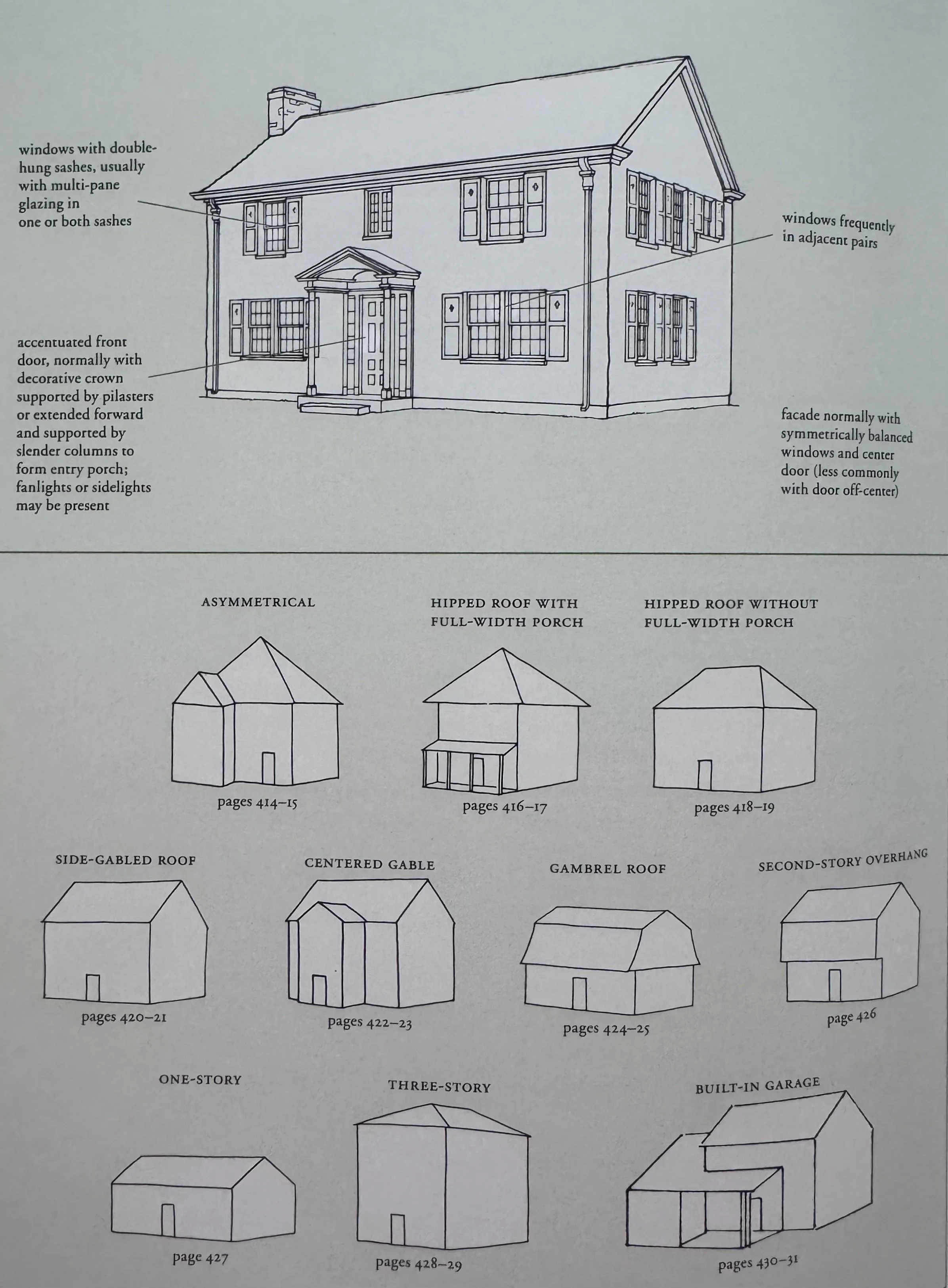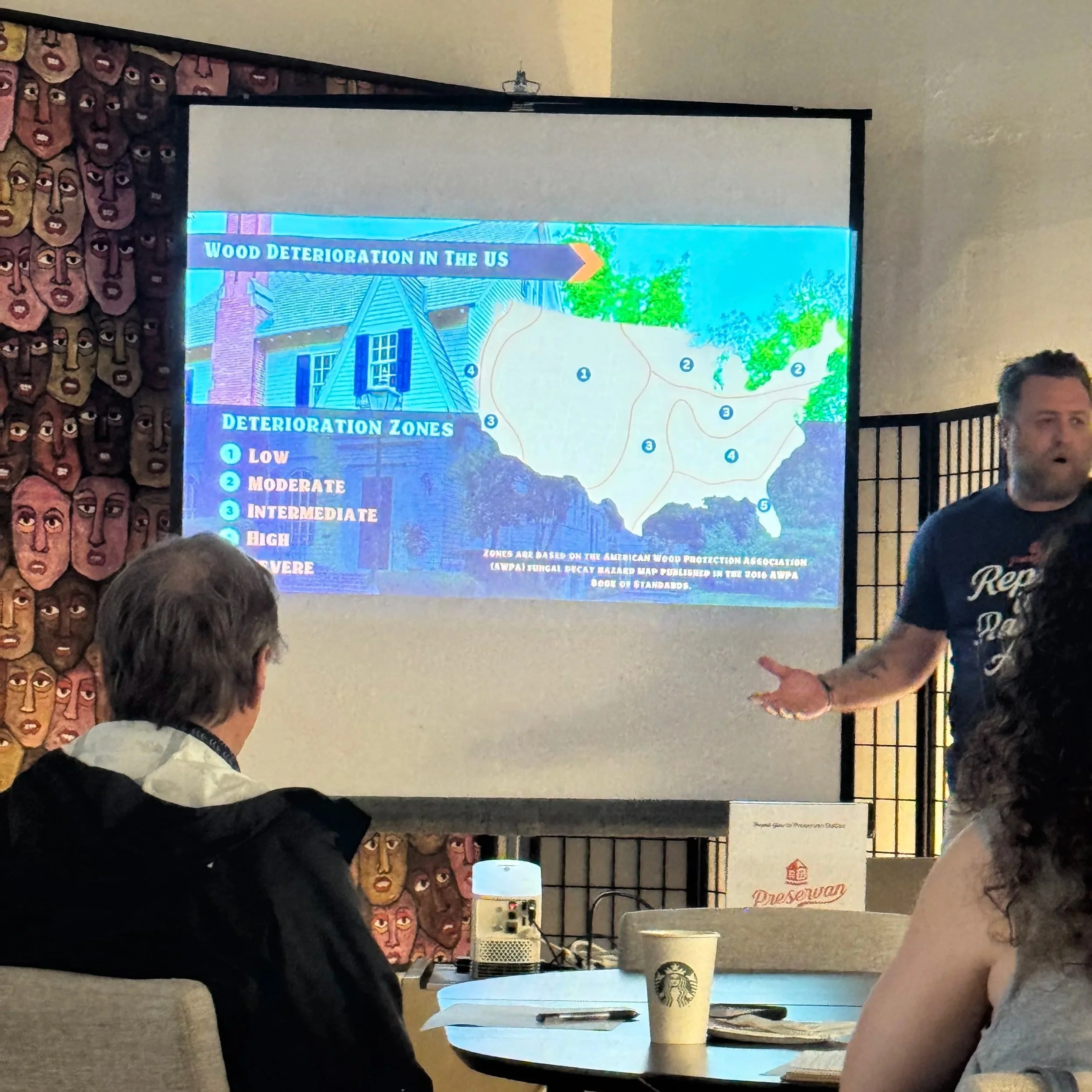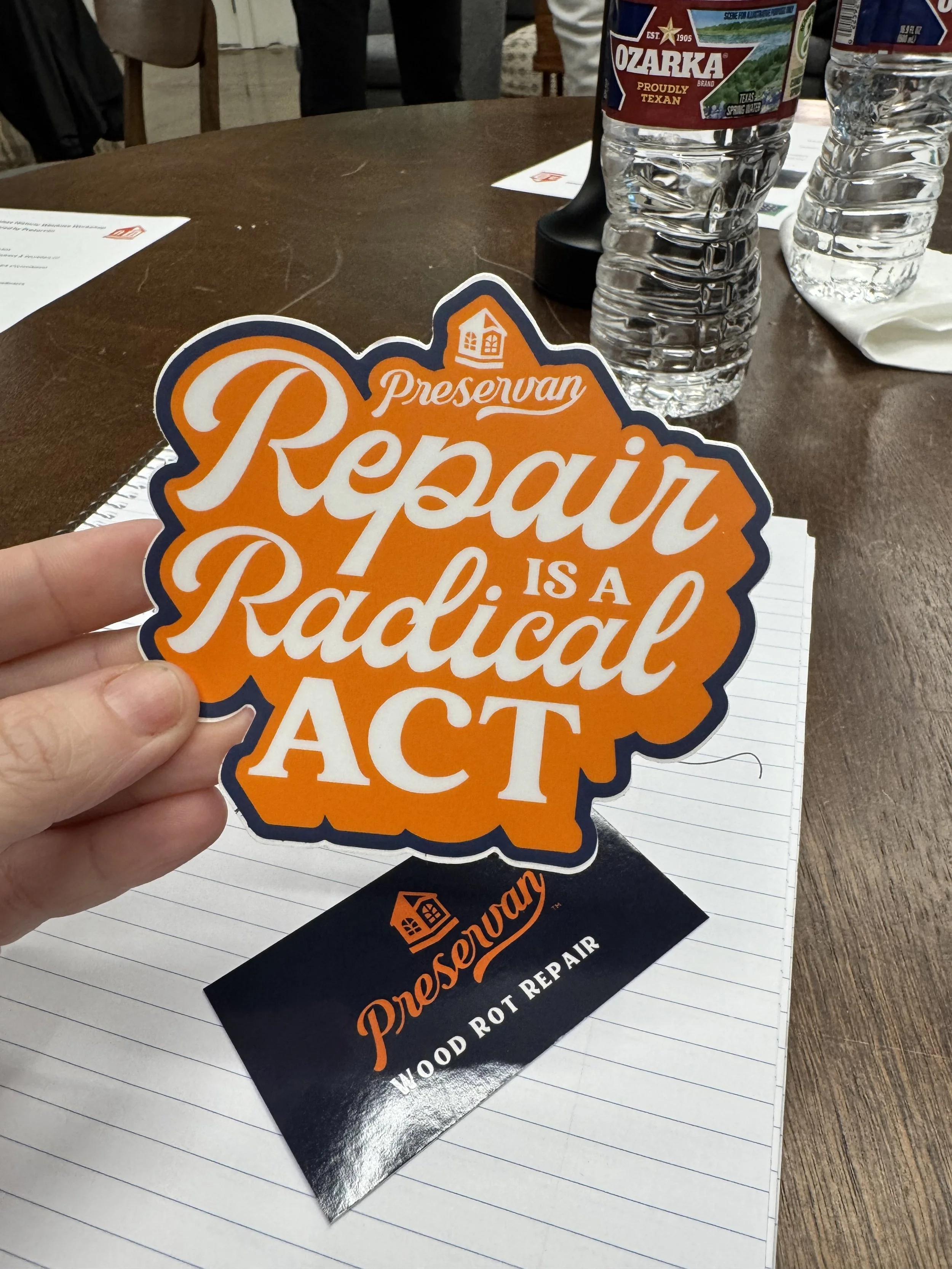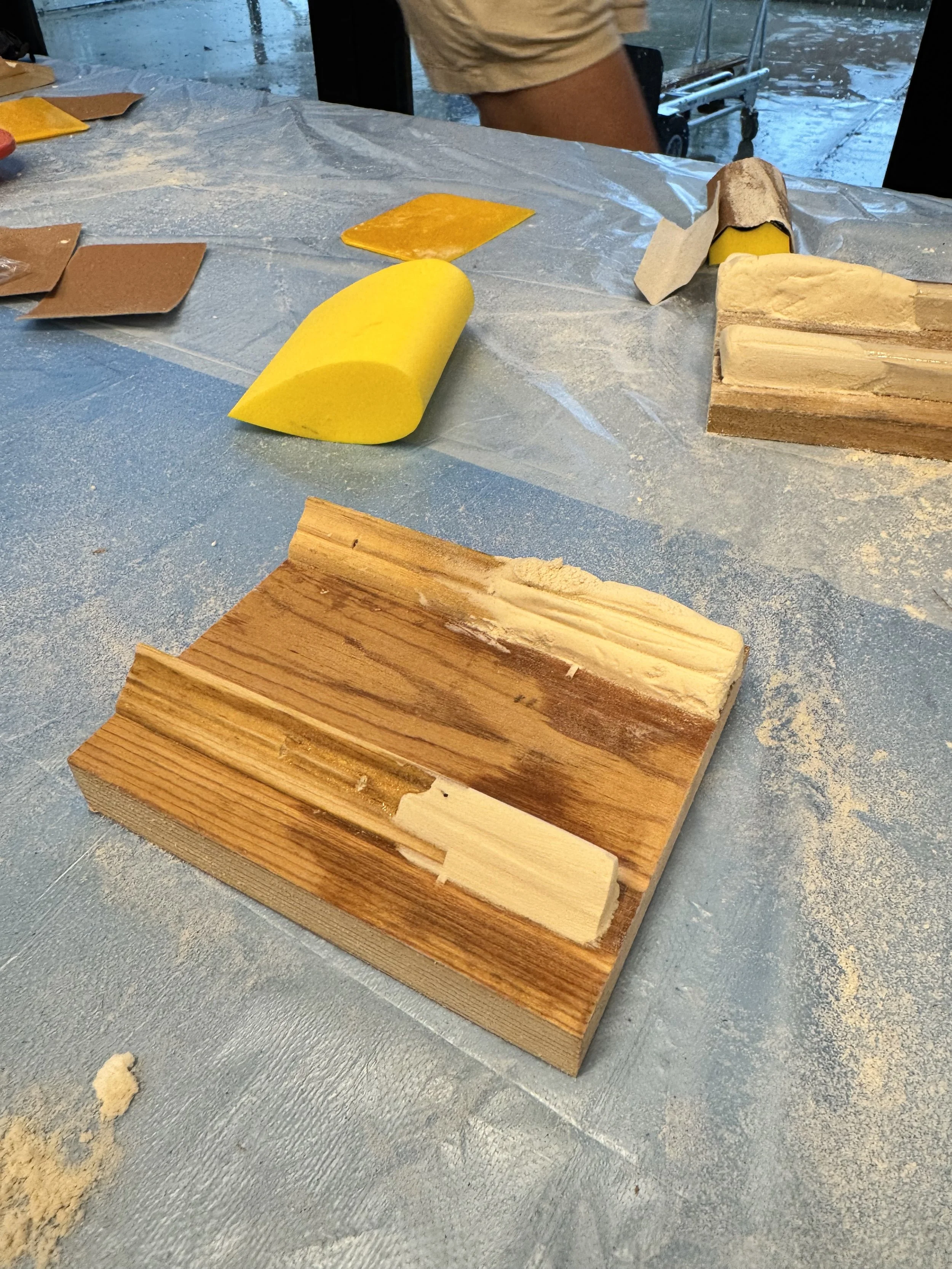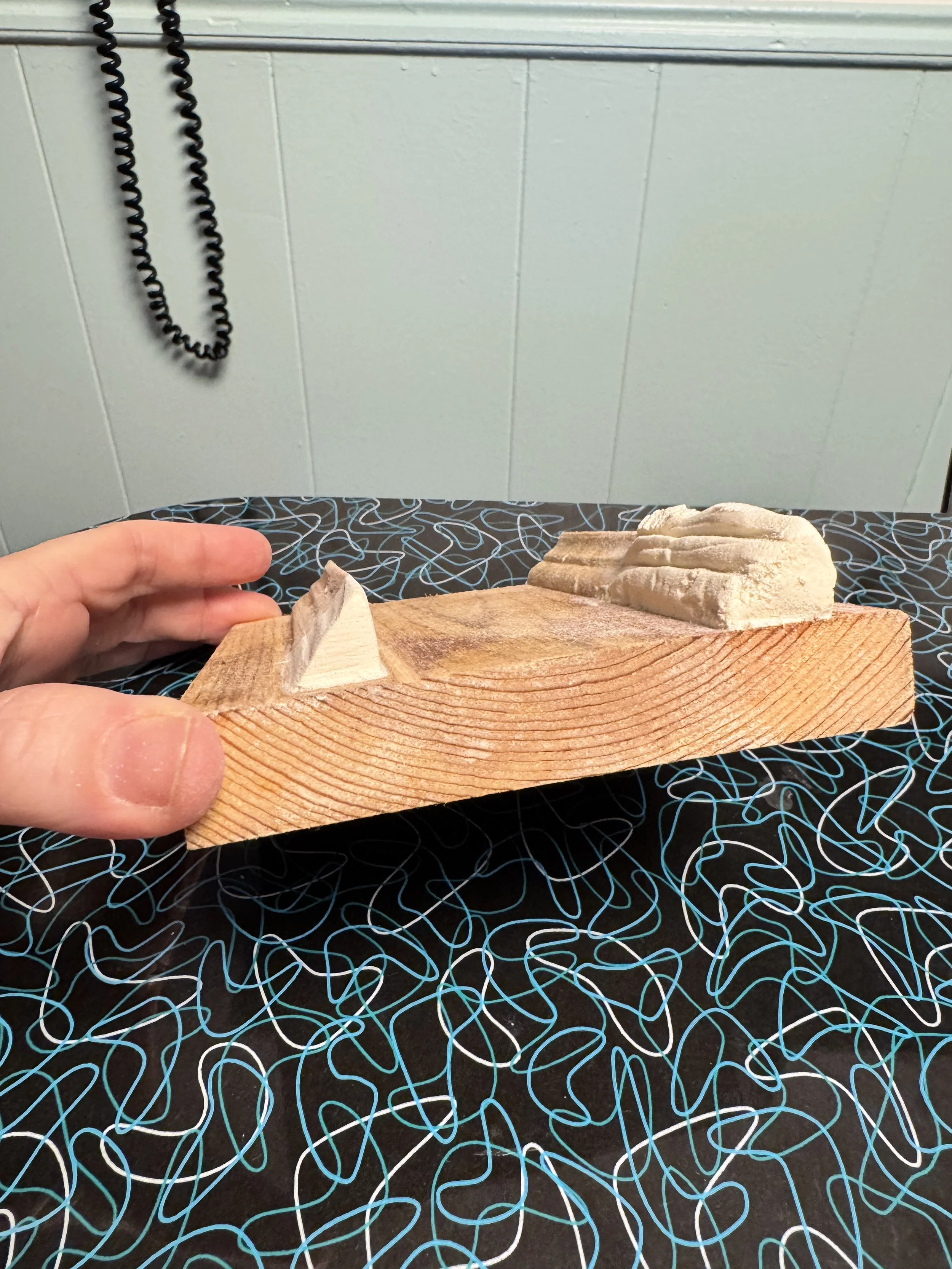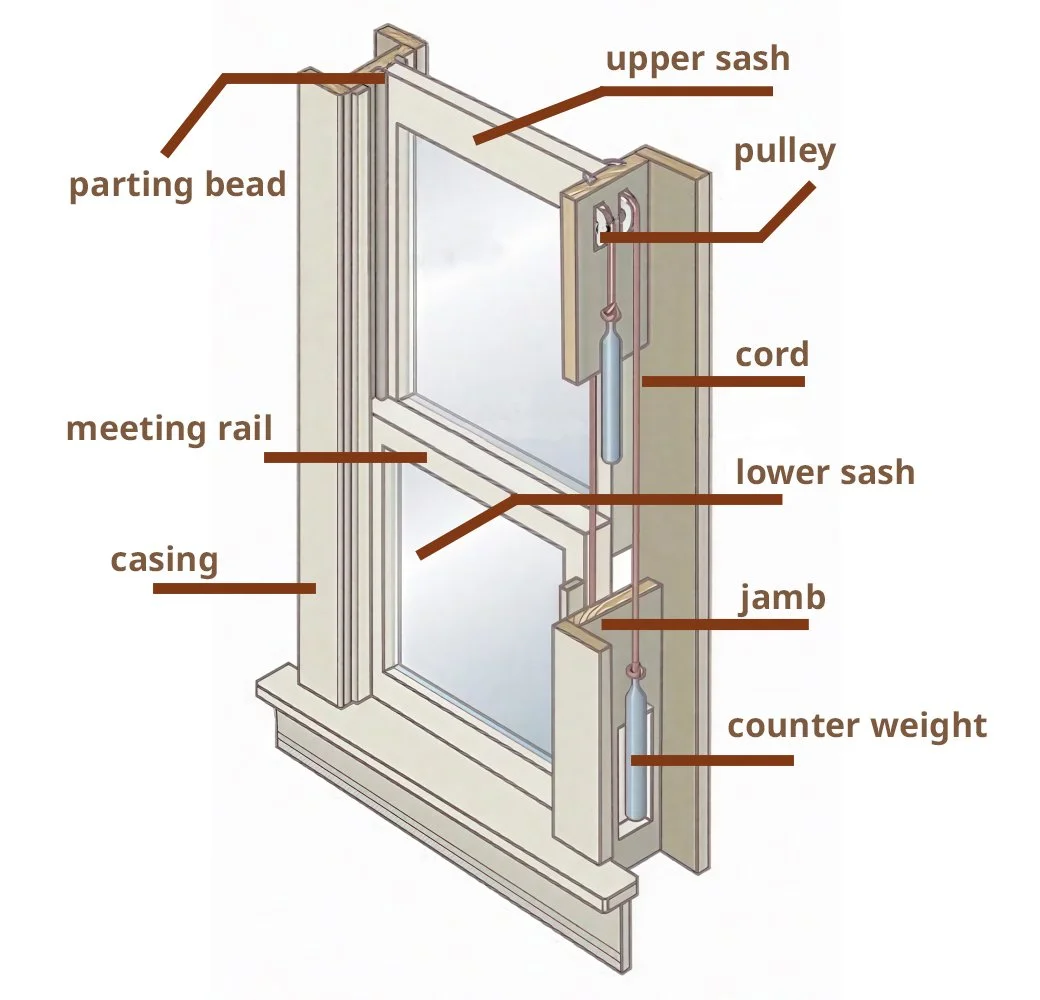Preserving History, One Window at a Time: My Day at the Historic Wood Window Repair Workshop
On August 30th, I had the chance to attend an incredible Wood Window Workshop hosted by Preservation Dallas in partnership with Preservan Wood Rot Specialists — and it was even better than I expected. As someone who loves old homes (and helps people buy them!), I wanted to learn more about how to care for the details that make them special — like their original wood windows.
Our own 1940’s Minimal Traditional home sadly had it’s windows replaced with vinyl before we bought it, but that didn’t stop me from wanting to educate myself — both for my own curiosity and for my clients who love historic homes as much as I do.
Understanding Historic Windows
Dr. Evelyn Montgomery, Dallas Landmark Commission Chair, started us off with a crash course on window types and styles. We learned the difference between double-hung and casement windows (casement windows open like a door), and that those beautiful lunette windows — the moon-shaped ones — often sit above rectangular panes.
Evelyn also explained that in Colonial times, glassmaking technology limited the size of glass panes, which is why older windows often have many small panes instead of one large sheet. She encouraged us to look at historic catalogs from the era our homes were built — it’s one of the best ways to identify what windows originally belonged there.
We covered several common Dallas home styles — Victorian (usually Queen Anne), Classical Revival, Colonial Revival, Spanish Colonial Revival, Tudor Revival, Craftsman, and Prairie style — and learned how each has its own window characteristics. For example, Prairie-style homes tend to have low-pitched roofs with wide overhangs and simple, geometric window groupings, while Colonial Revival homes often feature shutters and the distinctive Palladian window design (a set of three windows with an arched center).
One important takeaway: historic homes should never have vinyl windows. They not only clash with period details, but they also don’t last — typically just 10–20 years before UV exposure causes damage, and they can’t be repaired once they fail.
By contrast, original wood windows can last 200 years or more when properly maintained — and outlast anything you could replace them with today.
From Lecture to Hands-On: Repair Workshop
Next up were Ty McBride, founder of Preservan, and Ben Henderson from Preservan Dallas. Their message was simple but powerful: do everything you can to save your historic windows.
They reminded us that wood rot prevention starts with moisture management — check where water hits your house, make sure your sprinklers aren’t blasting the windows in the middle of the night, trim vegetation away from the walls, and keep an eye on rain runoff. Moisture is the #1 cause of rot, and paint is your first line of defense. Touch up chips as soon as you see them!
Other great tips:
Never let masonry touch bare wood — brick and stone hold moisture that transfers into the wood.
Quality of wood matters — slow-growth woods like sapele, mahogany, sinker cypress, reclaimed longleaf pine, and vertical-grain Douglas fir are ideal for repairs.
Always paint trim boards on all sides before installation.
Buy paint from a real paint store — it has higher pigment and lasts longer.
Bondo doesn’t stick to wood, so use proper repair epoxies.
And when it comes to epoxy: the slower it cures, the stronger it is.
Then came the fun part — a hands-on demo.
We practiced repairing a missing piece of wood molding using epoxy. First, we mixed a two-part epoxy bonder and brushed it onto the damaged wood. Next, we combined two equal-sized balls of the epoxy components — it feels a lot like clay — and kneaded them until fully blended. From there, we shaped it into the missing section of the wood molding. Once cured overnight, it can be sanded smooth and painted to blend perfectly with the original wood.
It was surprisingly satisfying, and gave me so much more confidence when assessing old windows.
Ron Siebler’s Pro Tips for Historic Windows
After lunch (delicious deli sandwiches from a local spot — wish I remembered the name!), we heard from Ron Siebler of Siebler Historic Preservation & Restoration (siebler.com). Ron’s craftsmanship and deep knowledge of historic structures are unmatched — and while he’s a little more selective about the projects he takes on these days, if you have something truly unique and intriguing, he just might take you on.
He covered the most common issues with old windows: painted-shut sashes (easy to fix with just a razor blade!), broken ropes, misaligned rails, draftiness, condensation, and rot.
Ron emphasized that most of these issues are totally fixable. For wood repair, he uses two main restoration epoxies — Advanced Repair Technologies (ART) and Abatron — and recommends glazing compounds like DAP 33, Crawford’s Painter’s Putty, Red Devil, Sarco Multiglaze, and Sherwin-Williams 66 Glazing Compound.
I even got to try my hand at a demonstration on a 100-year-old window. Ron showed us how to carefully open the sash to expose the sash weights (using a crowbar, the proper way! ;) )— it was both fascinating and a little scary! At one point, I wasn’t holding onto the board properly, and it almost came down on my head, but Ron caught it just in time. Definitely a moment I won’t forget!
He also reminded us that painting is 1% application and 99% preparation, and when it comes to energy efficiency, air infiltration (not U-factor or solar heat gain) is the main source of energy loss. The solution isn’t replacing your windows — it’s repairing seals, caulking, weatherstripping, and adding storm windows or interior panels.
As the Window Preservation Alliance puts it, “The greenest window is the one already built.”
Final Thoughts
This workshop made me appreciate the craftsmanship, materials, and history behind old windows even more. Whether you own a century-old home or just love learning about them, it’s worth understanding why repairing is often better than replacing.
And if a repair ever feels too big to take on yourself, give Preservan a call — they’re true experts at bringing old wood back to life.
Huge thanks to Preservation Dallas, Dr. Evelyn Montgomery, Ty McBride, Ben Henderson, and Ron Siebler for putting on such an awesome (and delicious!) event. I left feeling inspired — and with a whole new appreciation for the windows that have seen generations come and go.
Resources to Explore
If you’re interested in learning more about historic window care and restoration, check out these helpful resources shared at the workshop:
Save America’s Windows by John Leeke
The Window Handbook by the National Park Service
Window Preservation Standards by the Window Preservation Standards Collaborative
Window Rehabilitation Guide by the Historic Preservation Education Foundation
Hardware & parts: swisco.com, srshardware.com
Indoor storm window options: indowwindow.com, windowsaver.com
Ron Siebler: siebler.com/windows
From: A Field Guide to American Houses by Virginia Savage McAlester

